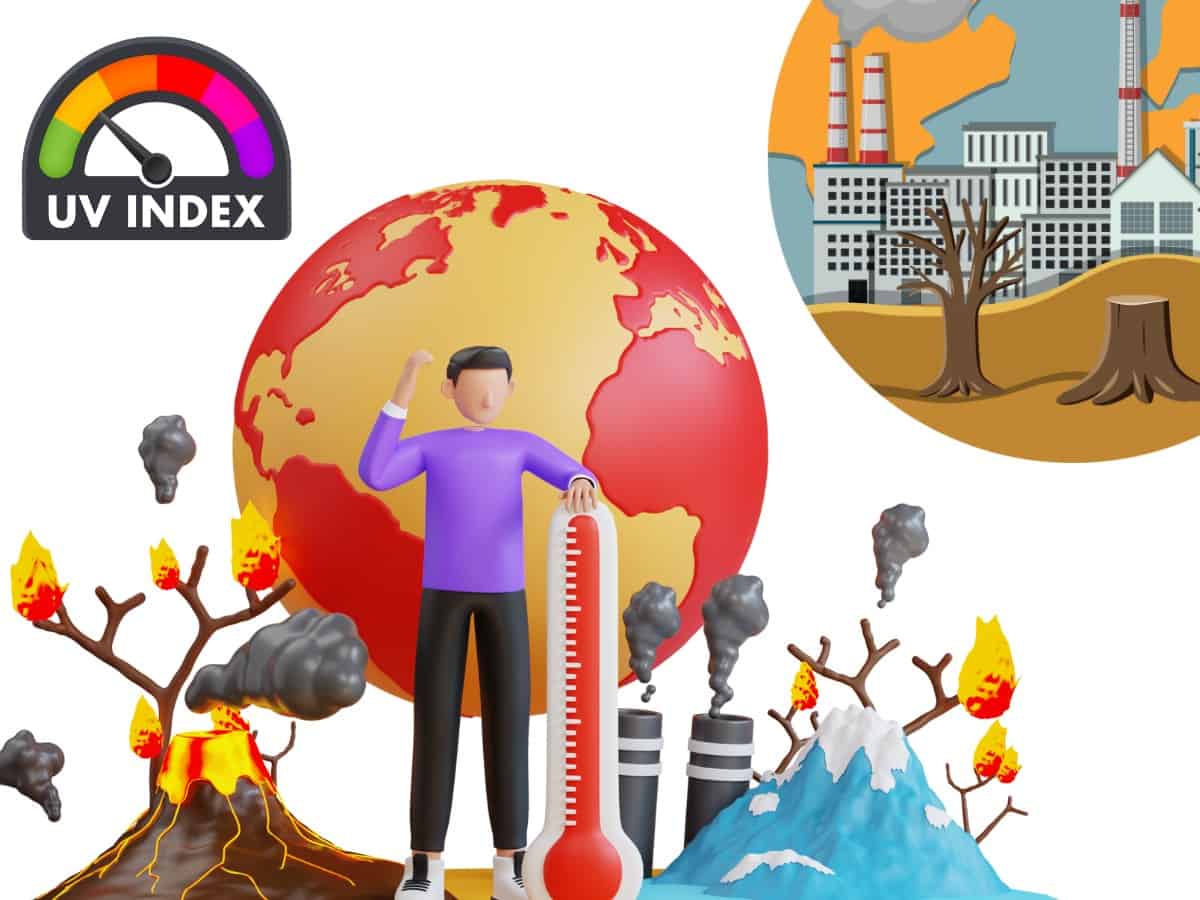
Hyderabad: The city is set to host ‘Ozone Run’ on Sunday, September 15 at Gachibowli Stadium from 5 am onwards, a day before the International Day for the Preservation of the Ozone Layer.
The event seeks to raise awareness about the need to protect the ozone layer and in its third edition, it emphasizes the pressing issue of hygiene on Hyderabad’s roads and footpaths.
Speaking about the event, one of the organizers said, “The Ozone Run will include three race categories—10K, 5K, and 2K. The registration fees vary depending on the race, with the 10K priced at Rs 1,050, the 5K at Rs 850, and the 2K at Rs 650.”
Furthermore, they stated that a petition will be signed during the event demanding better road hygiene, which will be presented to government officials and public representatives.
Interested candidates can participate in the Ozone run by registering on their official website.

In addition to organising the Ozone Run, a planner and journal named Green Steps has been launched, designed to help individuals lead more sustainable and eco-friendly lives. The journal encourages daily actions that reduce environmental impact by tracking eco-friendly habits, setting green goals, and planning sustainable activities, including organic festivals.
Green Steps also offers tips and educational content on various aspects of sustainability, empowering users to make conscious choices that benefit both themselves and the planet in their day-to-day lives.
Ozone Run was initiated by Bilvoa Vunnam, 19, and her sister, Teerdha, 17, in 2022 as high school students to raise environmental awareness. Since then, the event has grown in popularity, with approximately 4,000 participants joining in previous editions to support the cause of protecting the ozone layer.
Ozone layer expected to fully recover by 2040: UN report
The ozone layer is a protective shield of ozone gas located in the Earth’s stratosphere that absorbs most of the sun’s harmful ultraviolet (UV) radiation, preventing it from reaching the surface. This layer is crucial for life on Earth, as excessive UV exposure can lead to skin cancer, cataracts, and harm to ecosystems.
A UN-backed panel of experts has confirmed that the ozone layer is on track to recover within the next four decades, thanks to the global phaseout of nearly 99% of ozone-depleting substances under the Montreal Protocol.
The latest quadrennial assessment report, presented at the American Meteorological Society’s annual meeting, reveals that the ozone layer is expected to return to 1980 levels by 2066 over Antarctica, 2045 over the Arctic, and 2040 for the rest of the world, provided current policies remain in place.
The report also highlights the Protocol’s significant role in reducing human exposure to harmful UV radiation and its positive impact on climate change mitigation.
Additionally, the 2016 Kigali Amendment to the Protocol, which targets the reduction of hydrofluorocarbons (HFCs), is projected to prevent 0.3–0.5°C of global warming by 2100.


